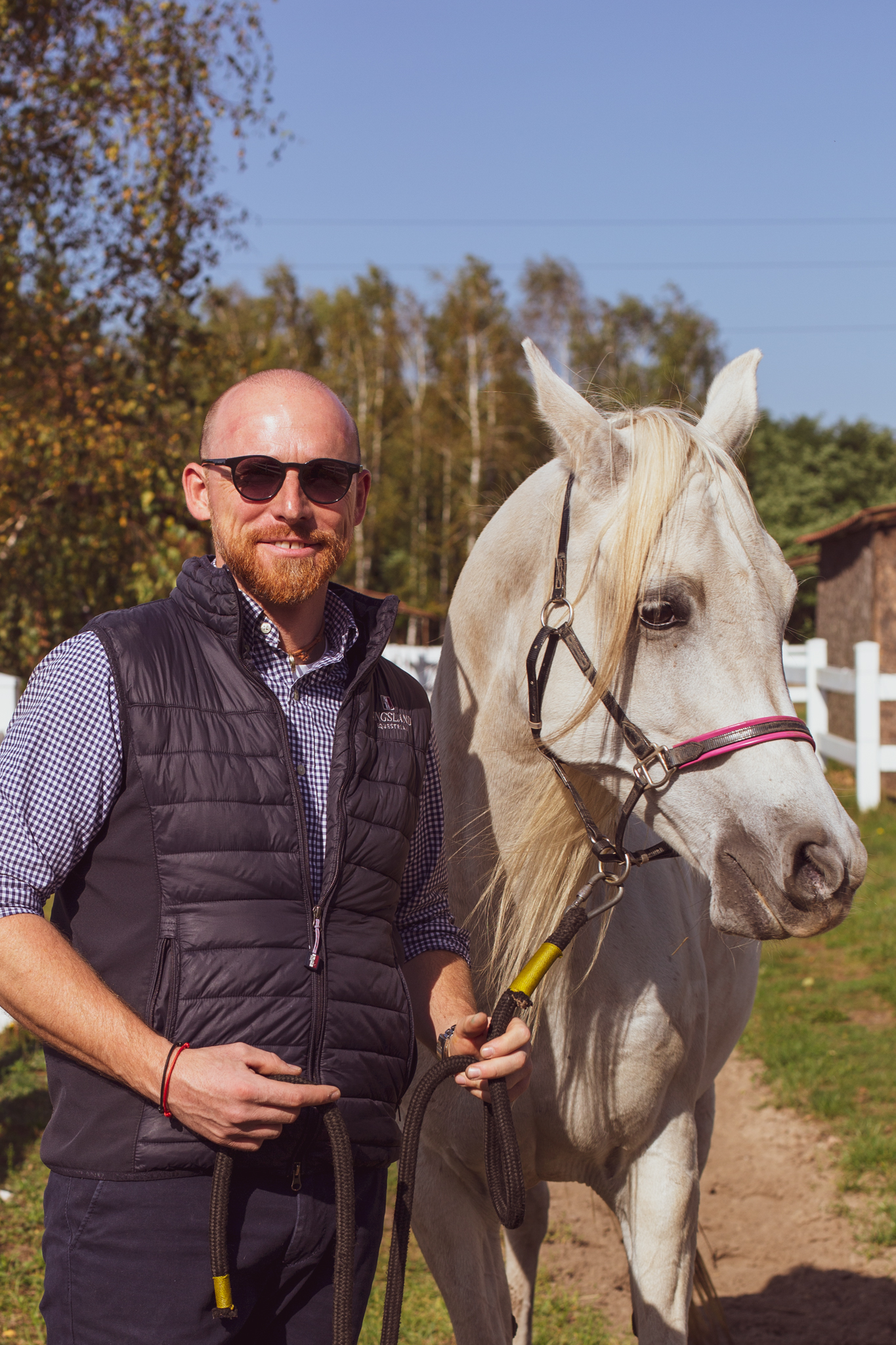ASCs / SIRT1 + stem cells are isolated from a fragment of the patient’s subcutaneous fat harvested under sterile conditions. Then they are multiplied in order to achieve a therapeutic dose in a short time period, in accordance with the recommendations of the International Society of Cellular Therapy. Cells are also subjected to a specialized biotechnological procedure in order to activate the SIRT1 marker which increases their regenerative abilities. The therapeutic potential of ASCs / SIRT1 + cells is based on their high immunomodulatory activity, thanks to which they effectively and permanently reduce the inflammatory reaction. Additionally, the cultivate ASCs / SIRT1 + cells activate regulatory T lymphocytes (Tregs), which contributes to the prolonged anti-inflammatory effect. ASCs / SIRT1 + cells are characterized by INCREASED activity of the CD105 marker, therefore they are characterized by high phenotypic plasticity. The cultivation of ASCs / SIRT1 + cells is performed by a qualified team of biotechnologists and doctors, which ensures the safety and effectiveness of therapy.
- Intra-articular therapy in patients diagnosed with osteoarthritis, – intra-articular therapy in patients with a defect in the articular surface (loss of intra-articular hyaline cartilage)
- Therapy of lesions in cartilage structures other than articular cartilage, e.g. meniscus, – acceleration of tendon and muscle structures healing (interosseous muscle, tendons and ligaments).


